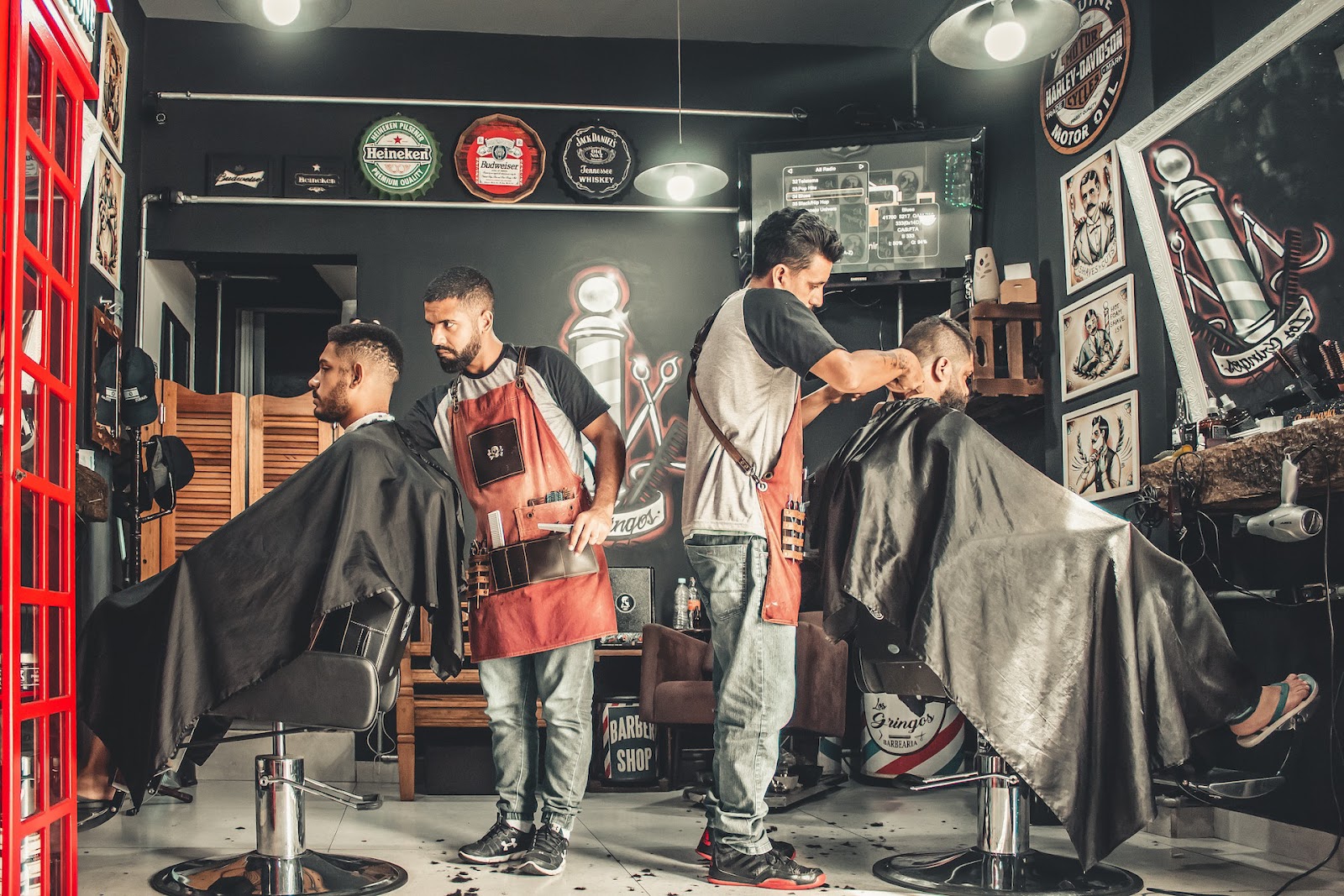Starting a business with limited capital may seem like a daunting task, but with careful planning and smart decision-making, it is possible to establish a small but profitable executive barbershop. By offering high-quality services and creating a unique experience for your customers, you can attract a loyal clientele and generate steady profits. In this blog post, we will explore the key steps to start such a venture and provide an overview of the costs involved, including equipment prices and rental expenses.
Step 1: Conduct Market Research
Before diving into any business venture, it is crucial to conduct thorough market research. Identify your target market, assess the competition, and understand the specific demands and preferences of your potential customers. This information will guide you in tailoring your services and creating a unique selling proposition.
Step 2: Develop a Business Plan
A well-crafted business plan serves as a roadmap for your barbershop. Outline your business goals, marketing strategies, and financial projections. Calculate the estimated costs and revenues to have a clear understanding of the potential profitability of your venture.
Step 3: Secure Funding and Set a Budget
As you have limited capital, explore various funding options such as personal savings, loans, or partnerships. Determine how much you can invest and set a budget accordingly. Be mindful of costs and prioritize essential expenditures to avoid overspending.
Step 4: Equipment and Rental Costs
To provide an executive experience, invest in high-quality barbering equipment. Here is a revised estimate of the prices for some essential equipment in Kenyan Shillings (KES):
1. Barber chairs: KES 8,000 - KES 20,000 each (consider purchasing second-hand to save costs)
2. Barber tools (scissors, clippers, razors, etc.): KES 2,000 - KES 5,000
3. Styling products: KES 3,000 - KES 5,000 (initial inventory)
4. Washbasins: KES 10,000 - KES 20,000
5. Waiting area furniture and décor: KES 5,000 - KES 10,000
Regarding the rental expenses, consider finding a house or a commercial space that can be converted into a barbershop. Rental costs will vary based on location, size, and amenities. As an example, let's assume a monthly rental cost of KES 30,000.
Step 5: Pricing and Profitability
Determine your service pricing based on the local market rates and the level of service you aim to provide. On average, an executive haircut may cost between KES 500 and KES 1,000, depending on the area.
Let's assume you have four barbers working full-time and each can serve 10 customers per day, charging KES 800 per haircut. With an average of 20 working days per month, here's a revised calculation of your monthly revenue:
4 barbers x 10 haircuts/day x KES 800/haircut x 20 days = KES 640,000
Now, subtract your monthly expenses, considering rental cost, utilities, inventory replenishment, and employee salaries. Assuming expenses of KES 200,000 per month, your estimated monthly profit would be:
KES 640,000 (revenue) - KES 200,000 (expenses) = KES 440,000 (monthly profit)
Conclusion:
Starting a small but profitable executive barbershop with limited capital requires careful planning, market research, and effective budget






FOLLOW US